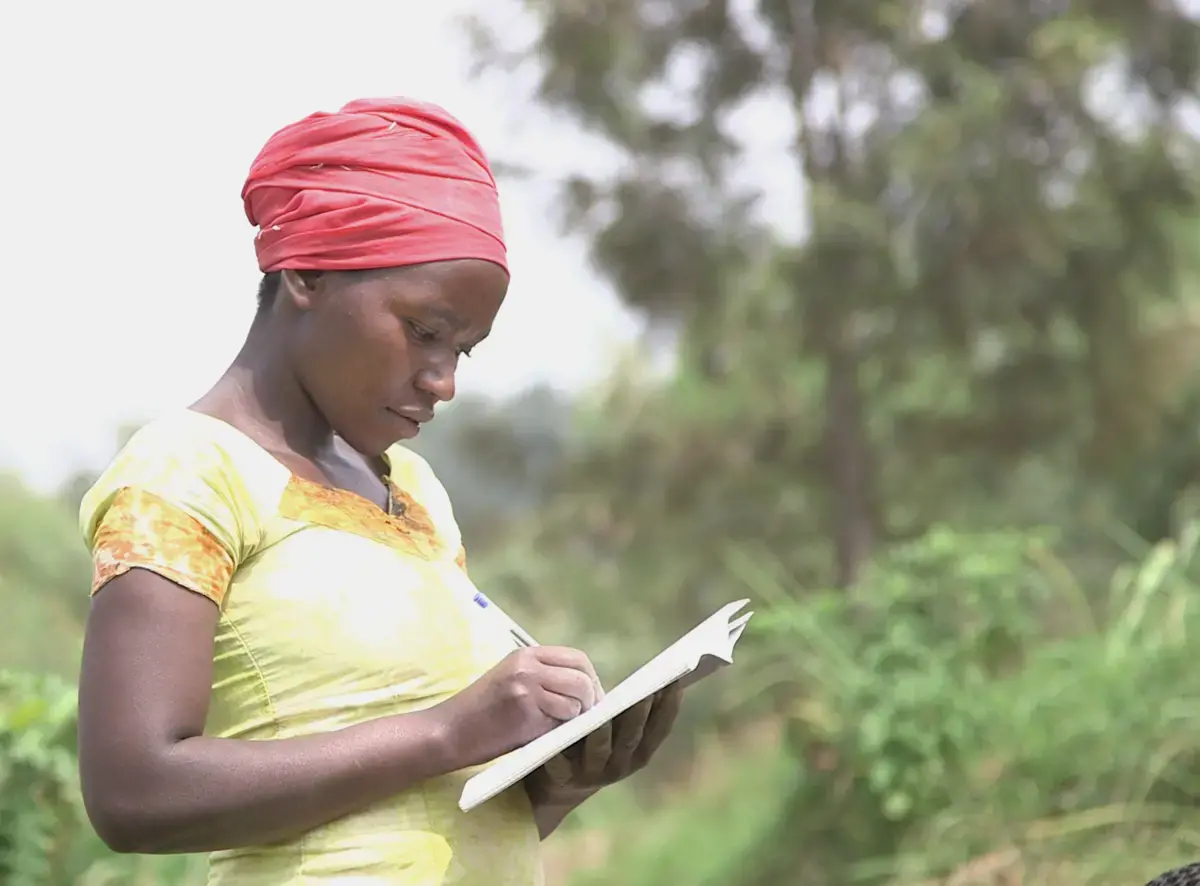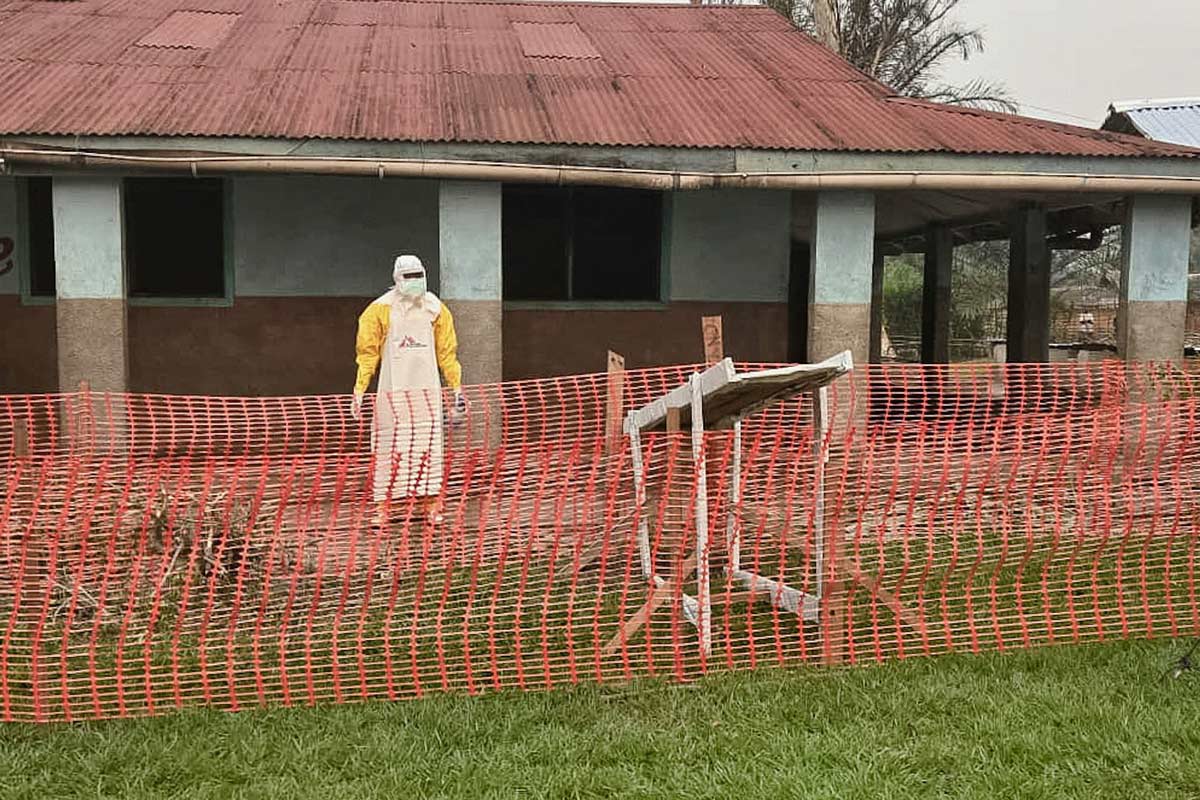by Elijah Nsikak
What happened at the UNGA?
In September 2025, the United Nations General Assembly (UNGA) held its 4th High-Level Meeting on the Prevention and Control of Non-Communicable Diseases (NCDs) and the Promotion of Mental Health and Well-Being. Heads of state, health ministers, UN agencies, and civil society groups came together to discuss how the world can better respond to two of the most pressing—and often overlooked—global health challenges: chronic diseases and mental health conditions.
The meeting concluded with the adoption of a political declaration, a negotiated text that sets out shared commitments and priorities. While not legally binding, such declarations carry political weight and help guide international cooperation, financing, and national policies.
Why now?
Non-communicable diseases, including cancer, diabetes, cardiovascular disease, and chronic respiratory conditions, are now responsible for more than 70% of global deaths. Unlike infectious outbreaks, they progress quietly but with devastating social and economic consequences.
At the same time, the world is facing a mental health crisis. Depression and anxiety alone cost the global economy an estimated $1 trillion annually in lost productivity, according to WHO. Suicide remains a leading cause of death among young people, and in many low- and middle-income countries, mental health services are almost non-existent.
The COVID-19 pandemic intensified these challenges. Interruptions to healthcare services, economic instability, and the mental toll of lockdowns made NCDs and mental health more visible in policy discussions. Against this backdrop, world leaders agreed it was urgent to take stock of progress and renew commitments.
The key points from the UNGA declaration
The political declaration is broad, but several themes stand out:
- Universal access to NCD services
Governments pledged to strengthen health systems so that prevention, diagnosis, and treatment of NCDs are available to all. This includes expanding access to essential medicines, diagnostics, and technologies. - Integration of mental health into primary care
A major shift in framing: mental health is not treated as an afterthought but as central to overall health and well-being. Countries committed to scaling up community-based services and integrating mental health support into routine care. - Financing and resource mobilization
The declaration calls for both domestic and international financing to close gaps in NCD and mental health care. Currently, less than 2% of global health funding in low- and middle-income countries goes to mental health. - Focus on prevention
Leaders highlighted the need for action on risk factors such as tobacco, alcohol, unhealthy diets, and physical inactivity—drivers of NCDs that are often shaped by broader social and commercial determinants. - Digital health and innovation
With limited healthcare infrastructure in many settings, digital tools such as telemedicine and data systems were identified as critical enablers for reaching underserved populations. - Accountability and monitoring
Member states agreed to periodic progress reviews and emphasized the role of civil society in holding governments to account.
Read the full political declaration here
For governments, the declaration provides a framework but leaves the details to national implementation. High-income countries may focus on refining existing systems, while low- and middle-income countries face the dual challenge of scaling up basic services and tackling deep-rooted inequities.
The Challenges Ahead
Despite the commitments, several obstacles remain:
- Financing gaps: Without concrete increases in domestic health budgets, implementation will be limited.
- Human resources: Many countries face shortages of trained health workers, particularly in mental health.
- Equity concerns: Urban populations often benefit first from new investments, while rural areas lag behind.
- Stigma: Cultural and social barriers around mental illness continue to discourage people from seeking help.
- Commercial determinants: Powerful industries, such as tobacco and alcohol, complicate prevention efforts.

NCDs and Mental Health In Africa
Across Africa, the twin crises of non-communicable diseases (NCDs) and mental health disorders are rising rapidly—yet they remain among the most underfunded areas of public health. According to the World Health Organization (WHO), NCDs such as cancer, diabetes, and heart disease already account for around 37% of all deaths in the African Region, with over half of these deaths concentrated in just six countries—Nigeria, South Africa, Ethiopia, the Democratic Republic of Congo, Algeria, and Tanzania.
Meanwhile, mental health conditions are imposing a heavy toll affecting more than 116 million people across the continent (WHO Mental Health Atlas 2020). Yet many African governments allocate less than 1% of their health budgets to mental health, with average spending often below one US dollar per person per year (WHO African Region Mental Health Status Report 2022). The region has roughly 1.4 mental health workers per 100,000 people, compared with a global average of nine. This chronic underinvestment carries steep economic costs—studies suggest mental health disorders can reduce GDP by up to 4% in parts of Eastern sub-Saharan Africa (World Economic Forum), while the broader economic losses from untreated NCDs and mental illnesses continue to rise.
Without specific measures to bridge this divide, global commitments risk leaving behind the very populations most in need.
Looking forward
The declaration signals a shift in how the world views NCDs and mental health: not as side issues, but as central to the global health agenda. Advocates point out, however, that the next decade will be decisive. Implementation must go beyond cities and tertiary hospitals to reach rural clinics, schools, and communities.
The conclusion is clear: financing and resources must be equitably distributed. Progress against NCDs and mental health challenges will only be credible if the benefits are felt across all populations—urban and rural, wealthy and poor.
As countries return from New York and begin to operationalize their commitments, the central question remains: who will be included, and who will be left behind?
Also read: Before the Next Pandemic





